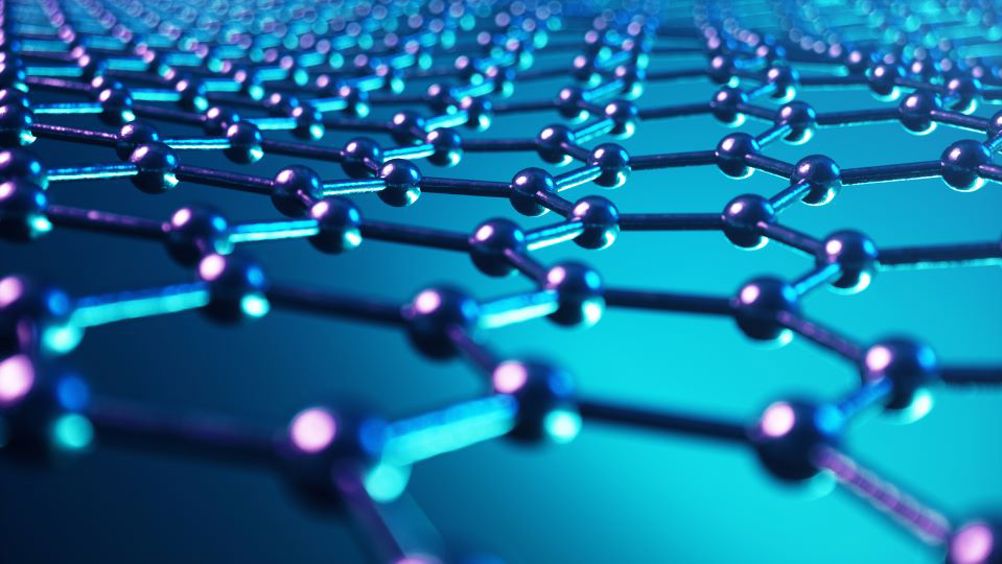Flash Joule heating turns asphaltenes into graphene
Flash Joule heating is being used to convert asphaltenes into loosely aligned graphene that can be mixed into composites for thermal, anti-corrosion and 3D-printing applications.

Muhammad Rahman, an assistant research professor of materials science and nanoengineering at Rice University, is leading the effort to utilise a material otherwise burned for reuse as fuel or discarded into tailing ponds and landfills.
According to Rice, there is a global reserve of over one trillion barrels of asphaltene, which is a by-product of crude oil production.
“Asphaltene is a big headache for the oil industry, and I think there will be a lot of interest in this,” said Rahman, who characterised the process as a scalable and sustainable way to reduce carbon emissions from burning asphaltene.
Rahman is a lead corresponding author of the paper in Science Advances co-led by Rice chemist James Tour, whose lab developed flash Joule heating, materials scientist Pulickel Ajayan and Md Golam Kibria, an assistant professor of chemical and petroleum engineering at the University of Calgary, Canada.
Asphaltenes are 70 to 80 per cent carbon already. The Rice lab combines it with about 20 per cent of carbon black to add conductivity and flashes it with a jolt of electricity, turning it into graphene in under a second. Other elements in the feedstock, including hydrogen, nitrogen, oxygen and sulphur, are vented away as gases.
Register now to continue reading
Thanks for visiting The Engineer. You’ve now reached your monthly limit of news stories. Register for free to unlock unlimited access to all of our news coverage, as well as premium content including opinion, in-depth features and special reports.
Benefits of registering
-
In-depth insights and coverage of key emerging trends
-
Unrestricted access to special reports throughout the year
-
Daily technology news delivered straight to your inbox










Water Sector Talent Exodus Could Cripple The Sector
Maybe if things are essential for the running of a country and we want to pay a fair price we should be running these utilities on a not for profit...